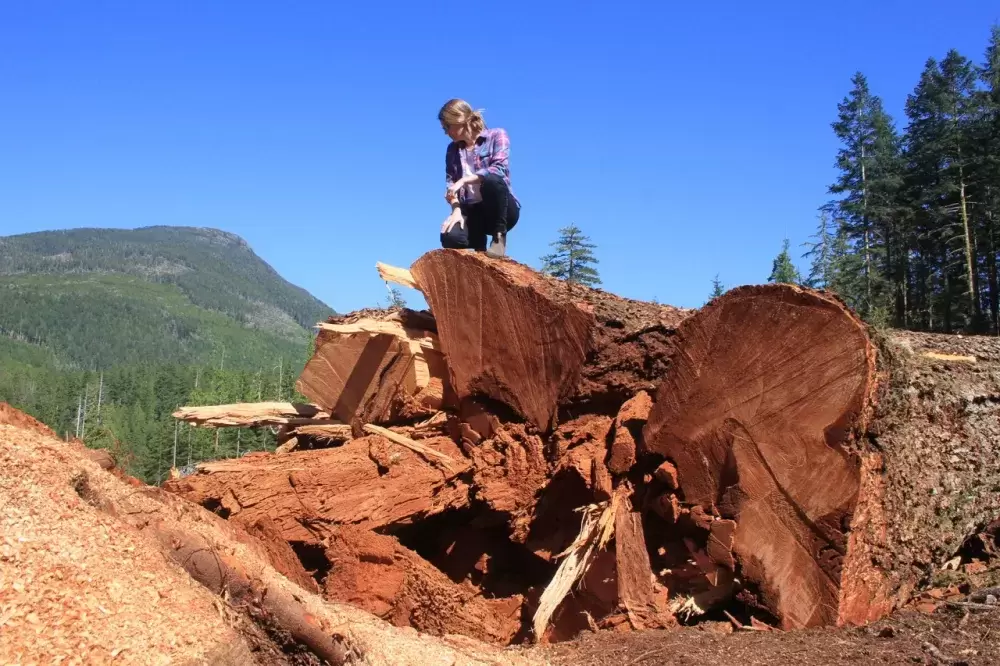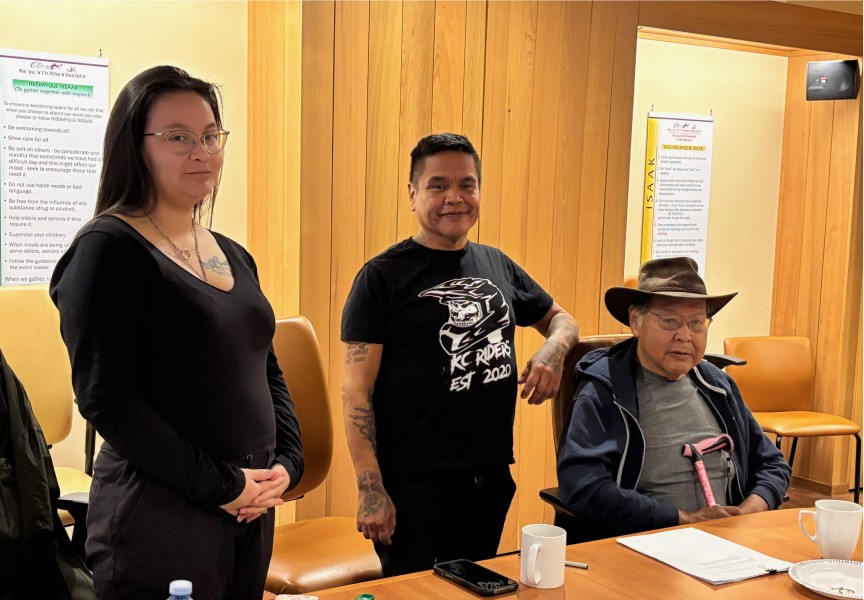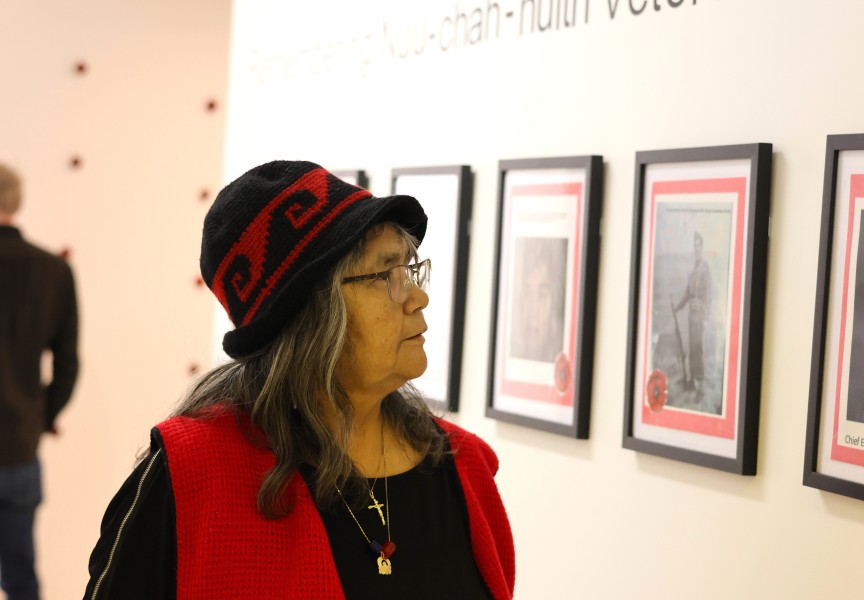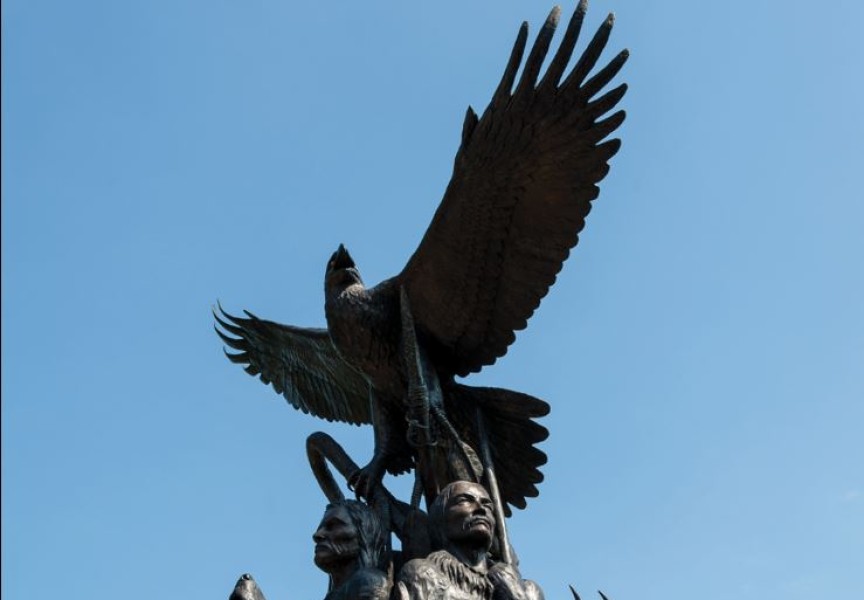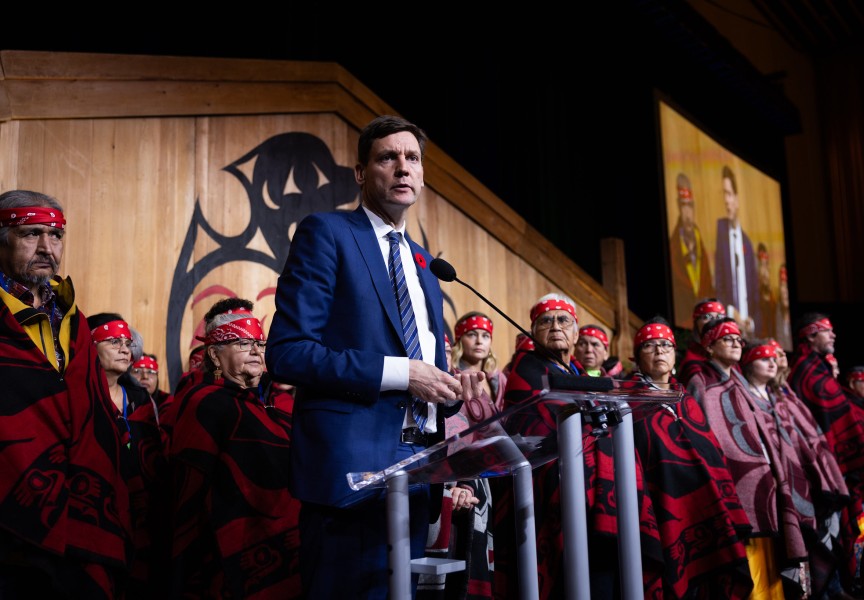Those who form a government after the Oct. 24 election will inherit a province in the midst of a “paradigm shift” in how it sees ancient forests, according to an independent panel report released this fall.
Compiled by veteran foresters Al Gorley and Garry Merkel, the Old Growth Strategic Review Panel Report was released Sept. 11 after four months of cross-province consultation, including meetings with Nuu-chah-nulth representatives on Vancouver Island. The report notes that Indigenous peoples are destined to be “key players” in how old-growth forests are managed in the future, and observed a transition among the public from a human-centric view of using ancient trees to a widely held belief that old-growth forests present critical value to all living things. The report also noted a shift from the belief that old-growth trees are renewable to the view that they cannot be replaced in many cases.
Gorley and Merkel pointed to a lost public confidence in how the B.C. government has implemented previous old-growth management plans, including one announced back in 1992.
“If the public feels that the system is not looking after their interests, the predictable response is increased mistrust and opposition to many activities carried out by that system, demands for increased participation and control over decision making, along with large swings in support for political parties,” wrote the foresters. “These reactions are intensified when communities feel that values and conditions important to their survival are threatened — a theme that we heard from a wide range of individuals and groups.”
Opposition to how the province is handling ancient trees was highlighted during an annual general meeting of the Union of B.C. Indian Chiefs in late September. A passed motion calls for old-growth forests to be designated as “heritage habitats”, and cited low enforcement standards that jeopardise salmon-bearing streams and other wildlife.
“Despite Vancouver Island’s old-growth forests approaching extinction, the government agency BC Timber Sales and private corporations are responsible for the logging of irreplaceable swathes of ancient trees, including those in Nuu-chah-nulth territories and the Nahmint Valley in Hupacasath and Tseshaht First Nation territories,” reads the motion, which was moved by Chris Syeta’xtn Lewis of the Squamish Nation and seconded by Tla-o-qui-aht Councillor Terry Dorward.
The UBCIC motion accused the logging industry of taking advantage of economic limitations many First Nations face.
“The current landscape of old-growth logging has been exacerbated by years of the B.C. government fostering an economic dependence on old growth for First Nations communities by arranging agreements for revenue sharing, employment, joint ventures and tenures in old growth timber in contentious areas,” reads the motion.
The UBCIC stated that 30 soccer fields of old growth forest are being cut down each day in B.C., but the BC Forestry Alliance disputes such criticism of the industry. The industry group targeted the Sierra Club of B.C. for a recent anti-logging campaign.
“Fact is, forestry in B.C. is responsible and well-regulated, and this campaign could unfairly harm tens of thousands of working families and the nearly 10,000 businesses that support forestry in British Columbia,” said spokesperson Carl Sweet. “In fact, in recent years more than 80 per cent of old growth logging in B.C. has taken place in the Interior and almost all of that was to remove dead trees killed by the mountain pine beetle.”
“With over 500,000 hectares of protected old forests on Vancouver Island alone, there is no danger of old growth disappearing,” added Sweet.
Although Gorley and Merkel’s report notes that B.C.’s economy is “heavily dependent” on harvesting old growth trees, changes are required to conserve the province’s ancient forests. Their recommendations include better information for the public on forest conditions and trends, as well as the need to “declare conservation of ecosystem health and biodiversity of British Columbia’s forests as an overarching priority” with legislation.
The United Steelworkers Wood Council of B.C. is sceptical of the report, and accused the panel of being biased to the input of environmental groups. The union organization stresses that B.C.’s forestry jobs must not only be protected, but increased.
“It’s concerning that the old growth report is largely silent on the issues raised by workers, industry and communities and completely silent on possible socio-economic impacts,” said Jeff Bromley, USW Wood Council chair, in a statement. “Further restrictions on harvesting rights in the working forest will ultimately result in layoffs and hinder the growth and viability of the industry. It needs to be understood that the first and often only casualty of these type of initiatives are workers, families and the small, rural, resource-dependent communities in which they live.”
According to the Old Growth Strategic Review Panel Report, 23 per cent of B.C., or 13.2 million hectares, is covered with old growth trees, less than the area taken by “young” and “mature” trees. One third of these old-growth stands are protected. The report defines old growth trees to be over 140 years in the Interior and more than 250 years old on the West Coast.

